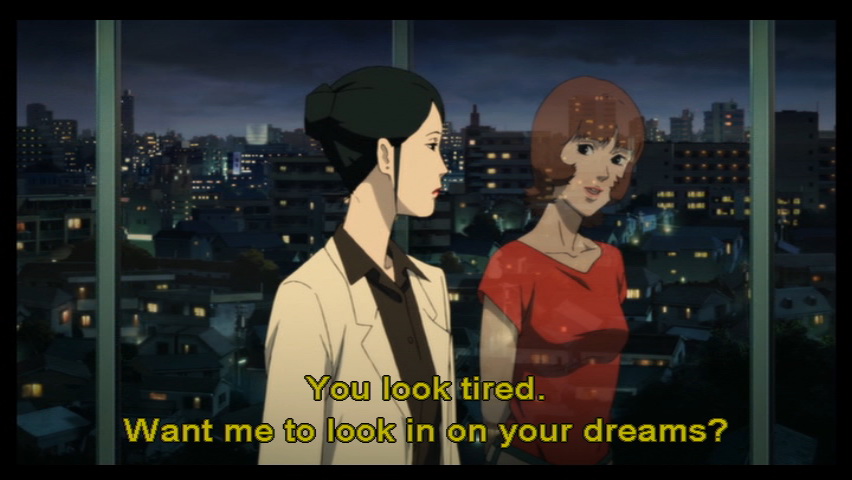 |
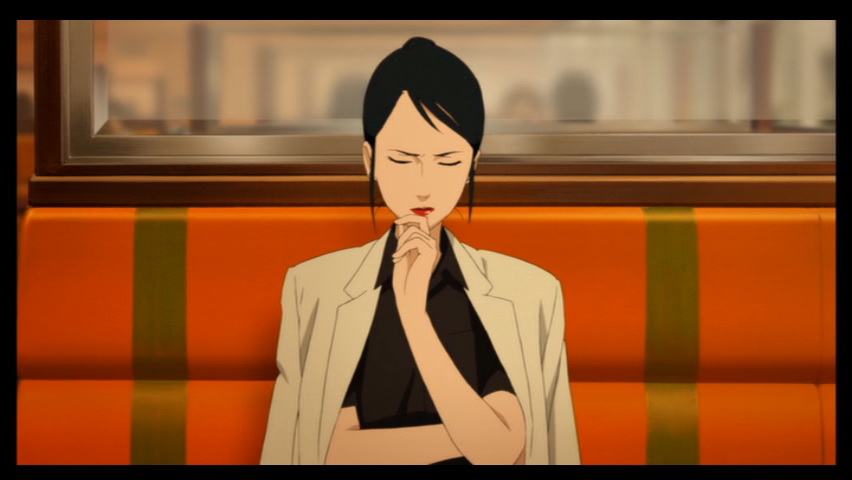 |
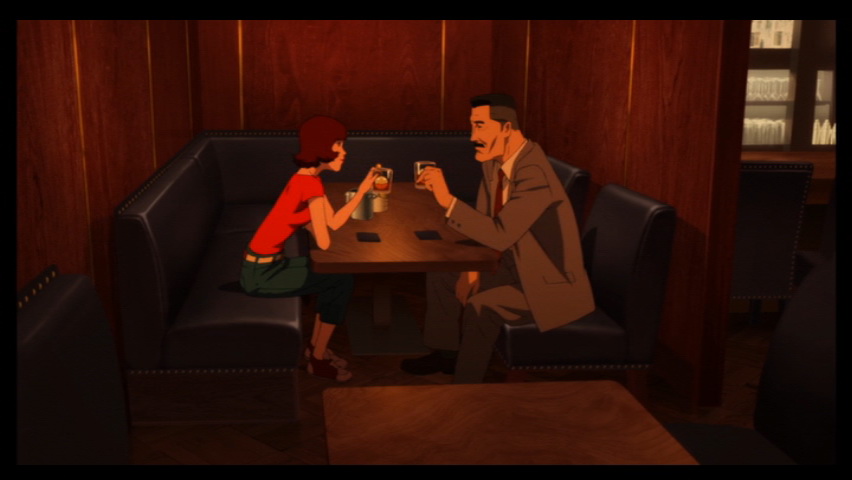 |
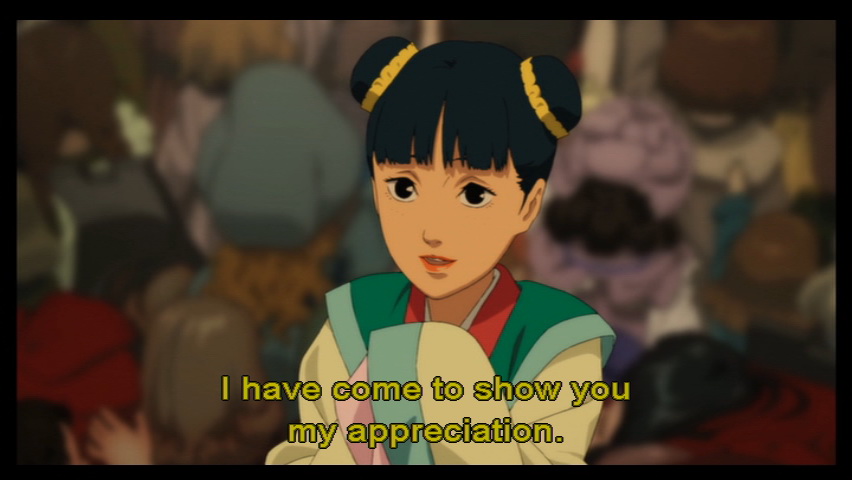 |
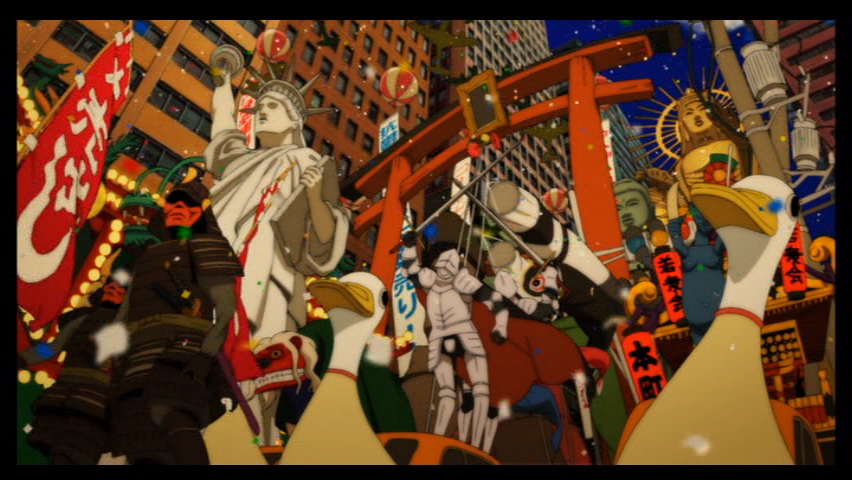 |
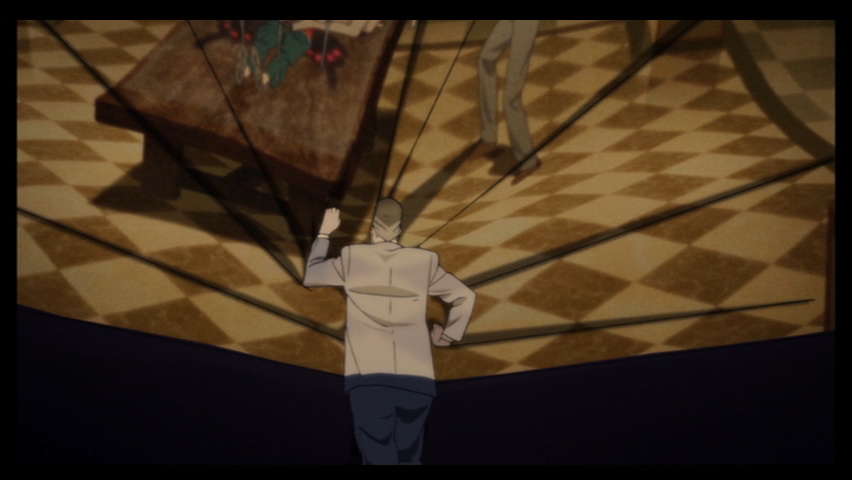 |
Paprika distinguishes itself from three other films in its animated characters. The expressions depicted through these characters are much more limited than real-life actors. The real-life actors depict emotions through arousing feelings inside them, thus every little detail, muscular movement on their face and body account for communication. Verbal communication is also clearer, because the visual characters are the ones actually projecting the voice. The movement of mouth, little gestures during speech is much more accurate, detailed and synchronized. These attributes in characters are possible because everything on screen is real. However, in animations such as Paprika, all visual aspects are imagined, and communication goes through a drawing medium. Motions of characters are imagined and predicted by the animator, then they are drawn accordingly. There are high level of abstraction and vagueness involved during this process. However, these inaccuracy benefit in achieving madness in Paprika. In this film, madness is achieved through being in a state of dream. On top of dreamy atmosphere, there are fantasy involved, where everyday objects and dolls become characters through personification in these dreams. Through the abstracted nature of animation, such dreamy atmosphere, traits of personified characters are effectively achieved. Another aspect of madness achieved through characters, is the appearance of alter-ego in the dream world. |